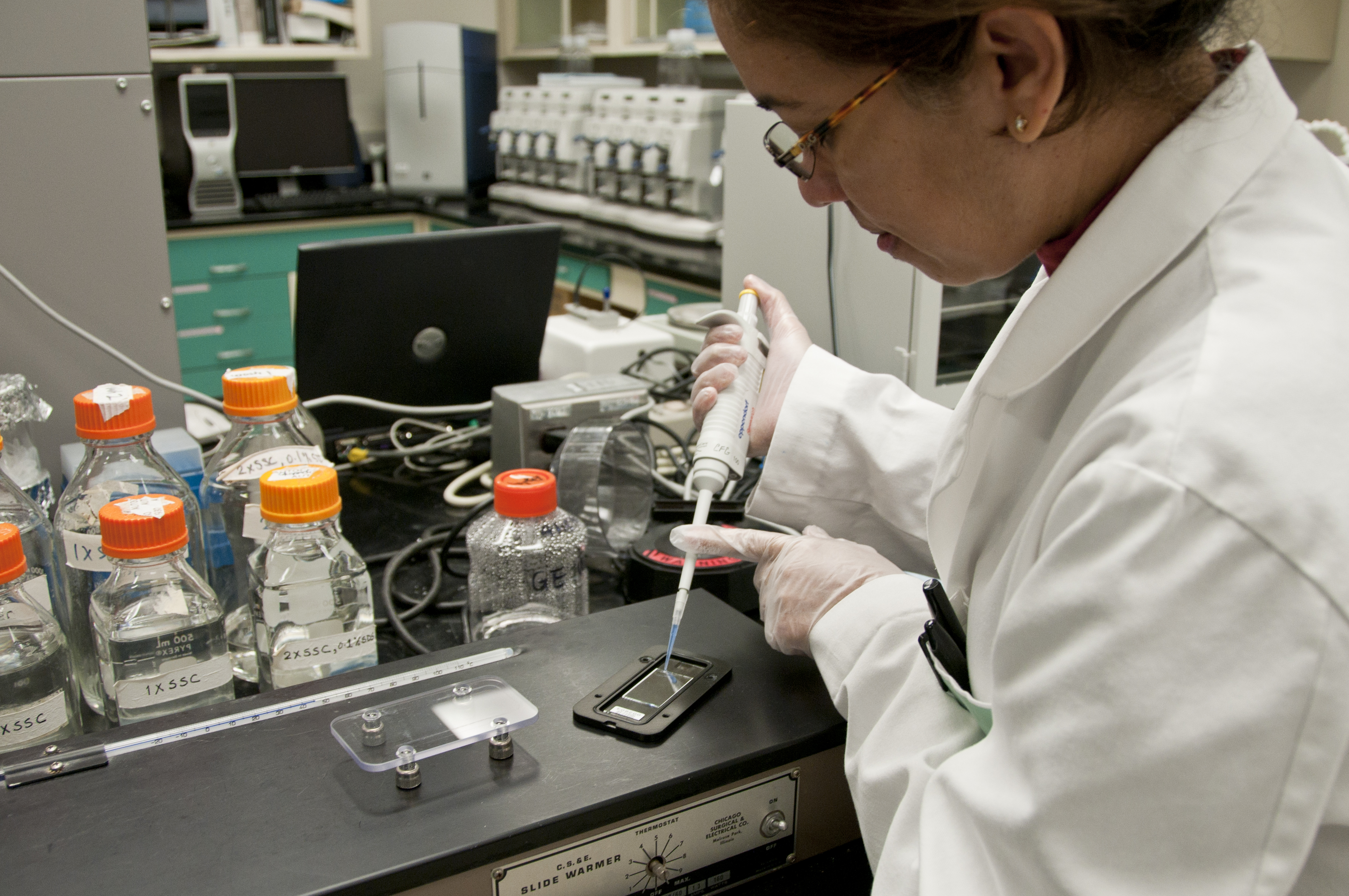
Evaluation of the bioaccessible gastric and intestinal fractions of heavy metals in contaminated soils by means of a simple bioaccessibility extraction test.
Sign Up to like & getrecommendations! Published in 2017 at "Chemosphere"
DOI: 10.1016/j.chemosphere.2017.02.066
Abstract: A study is made to evaluate the bioaccessibility of heavy metals in contaminated soils through a simple bioaccessibility extraction test (SBET), applied to the analysis of both the gastric and intestinal phases. Soils with high… read more here.
Keywords: extraction; gastric intestinal; bioaccessibility; heavy metals ... See more keywords

Dispersal of cellulose fibers and metals from contaminated sediments of industrial origin in an estuary.
Sign Up to like & getrecommendations! Published in 2020 at "Environmental pollution"
DOI: 10.1016/j.envpol.2020.115182
Abstract: The boreal forest's pulp and paper industry plays a major role in economic prosperity but, historically, caused an environmental burden. Remnants of discharges of contaminated suspended solids (fiberbanks) are continuously being discovered on the beds of shallow… read more here.
Keywords: contaminated sediments; dispersal cellulose; cellulose fibers; fibers metals ... See more keywords

Tracking the magnetic carriers of heavy metals in contaminated soils based on X-ray microprobe techniques and wavelet transformation.
Sign Up to like & getrecommendations! Published in 2019 at "Journal of hazardous materials"
DOI: 10.1016/j.jhazmat.2019.121114
Abstract: Technogenic magnetic particles (TMPs) from industrial activities are major contamination sources of soils and dusts because they usually carry large amounts of heavy metals. The understanding of the association between TMPs and heavy metals in… read more here.
Keywords: magnetic carriers; tracking magnetic; contaminated soils; magnetic phases ... See more keywords

The efficiency of potato peel biochar for the adsorption and immobilization of heavy metals in contaminated soil
Sign Up to like & getrecommendations! Published in 2022 at "International Journal of Phytoremediation"
DOI: 10.1080/15226514.2022.2073962
Abstract: Abstract We investigated the potential application of potato peel biochar (PPB) for the adsorption and immobilization of heavy metals (Cd, Pb, and Ni) in contaminated acidic soil. The addition of PPB to the soil, especially… read more here.
Keywords: peel biochar; heavy metals; metals contaminated; potato peel ... See more keywords

Removal of Transition Metals from Contaminated Aquifers by PRB Technology: Performance Comparison among Reactive Materials
Sign Up to like & getrecommendations! Published in 2021 at "International Journal of Environmental Research and Public Health"
DOI: 10.3390/ijerph18116075
Abstract: The most common reactive material used for the construction of a permeable reactive barrier (PRB) is zero valent iron (ZVI), however, its processing can generate corrosive effects that reduce the efficiency of the barrier. The… read more here.
Keywords: contaminated aquifers; removal transition; transition metals; reactive materials ... See more keywords